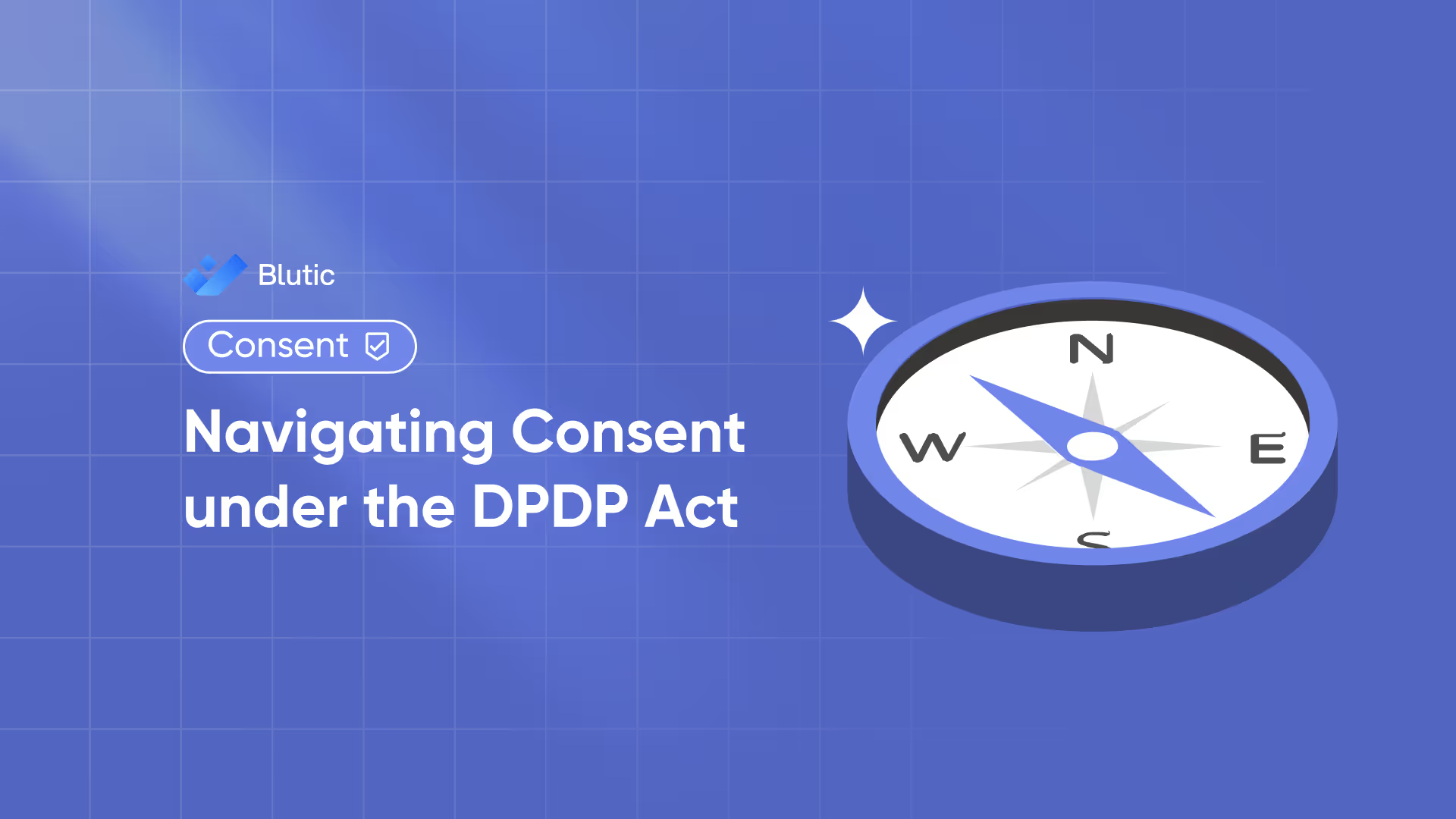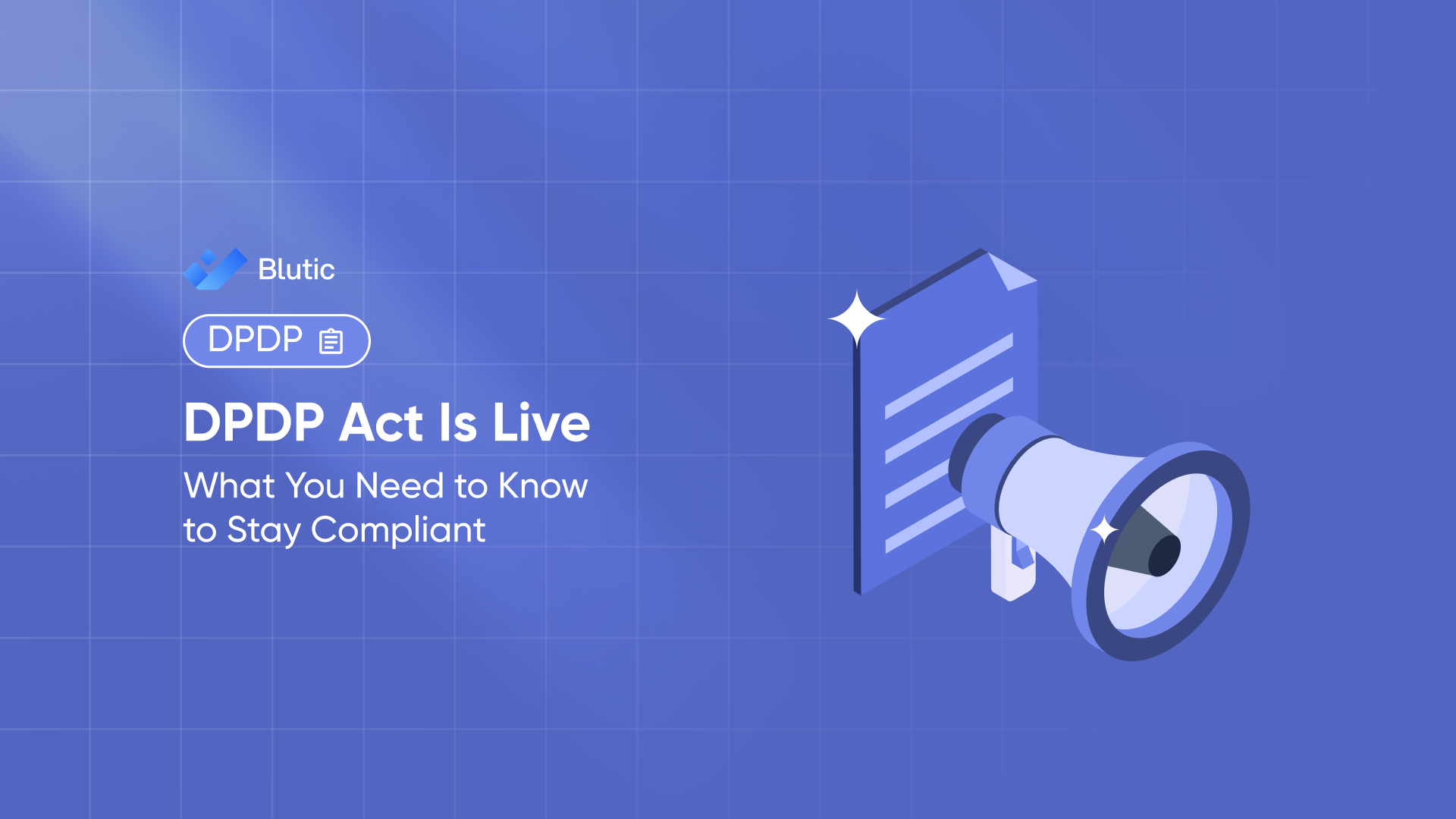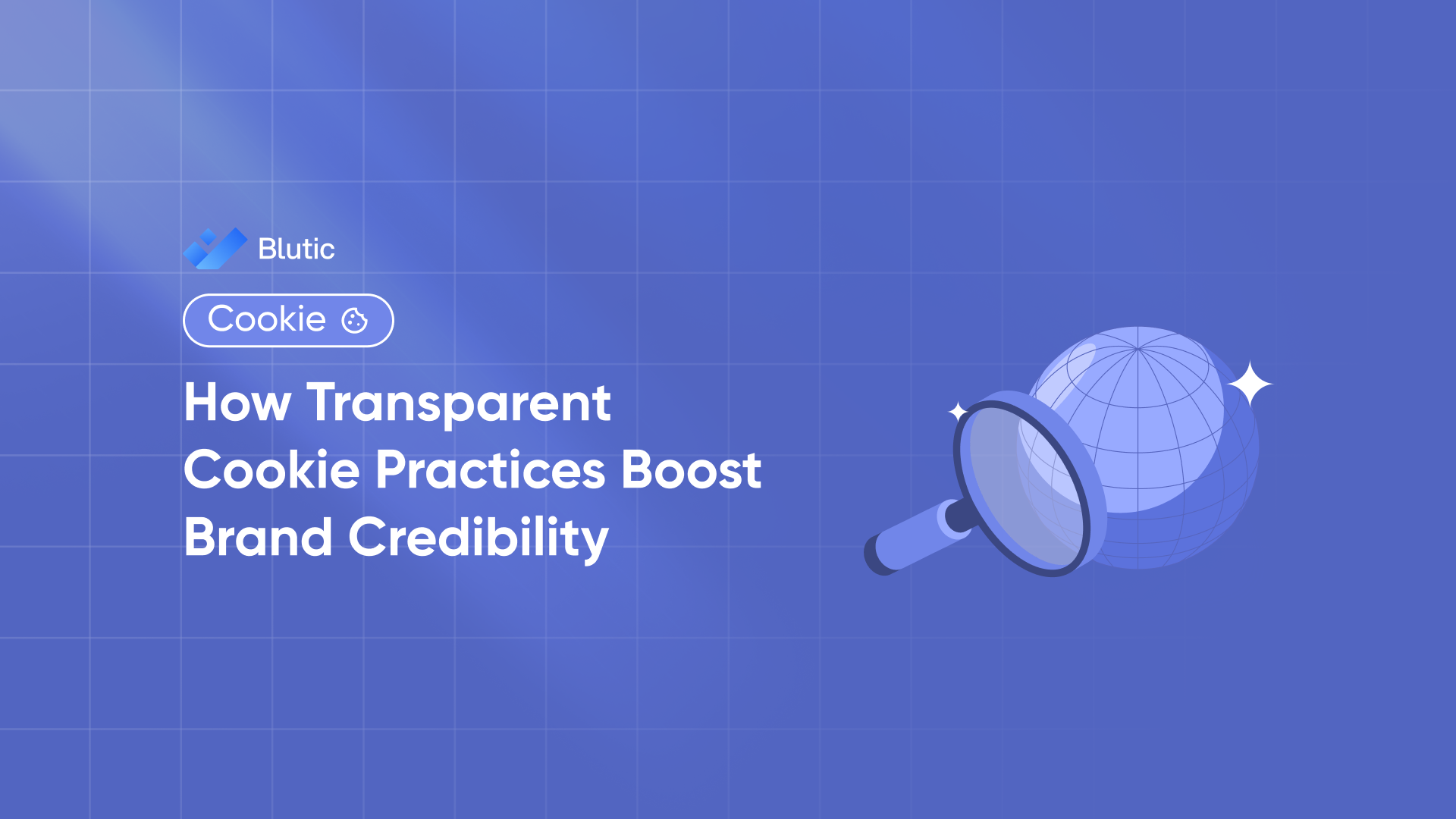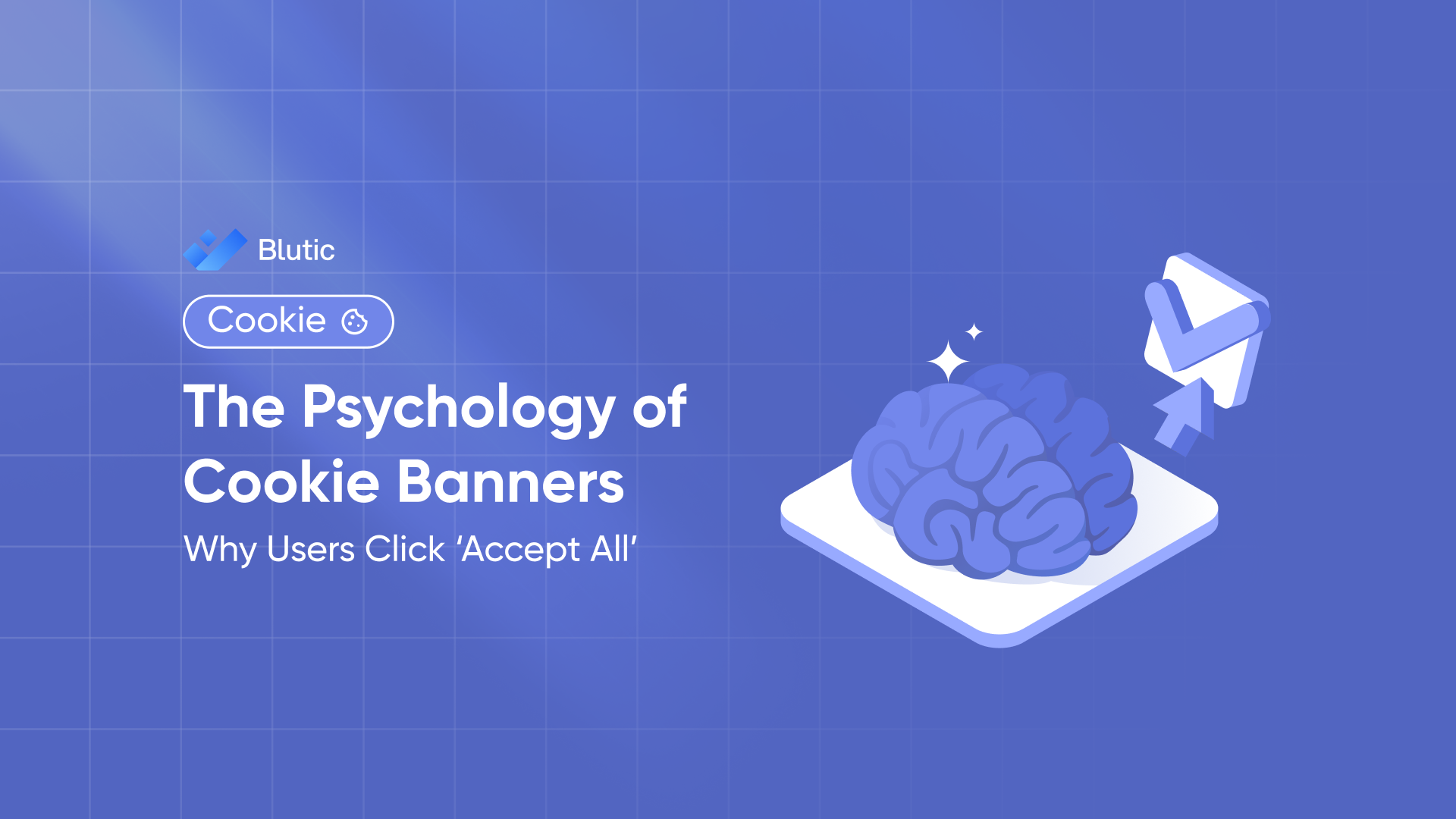Navigating Consent under the DPDP Act

Introduction: Why Consent Matters in the DPDP Act
The Digital Personal Data Protection (DPDP) Act is India's landmark privacy law that places individuals at the centre of data protection. Consent isn't just a formality under this Act, it's the foundation of lawful data processing. Businesses, referred to as Data Fiduciaries, can no longer collect or use personal data without explicit permission from individuals (known as Data Principals).
In this blog, we'll explore how organizations can navigate consent requirements under the DPDP Act, what compliance entails, and how to turn consent management into a trust-building opportunity.
What the DPDP Act Says About Consent
Under the DPDP Act, consent must meet these core conditions:
- Freely given - No forced or bundled approvals.
- Informed - Clear disclosure of what data is collected, why it's needed, and how it will be used.
- Specific - Consent cannot be vague or open-ended; it must be purpose-linked.
- Unambiguous - Users must take a clear affirmative action (like clicking "I Agree") to validate consent.
- Revocable - Individuals can withdraw consent as easily as they gave it.
This framework aligns India with global privacy laws like GDPR, making DPDP consent management a critical function for businesses.
Challenges Businesses Face with Consent
While the law is clear, implementation isn't always simple. Businesses often struggle with:
- Designing user-friendly consent notices that don't overwhelm users.
- Managing multiple languages and channels (apps, websites, third-party integrations).
- Keeping audit-ready records of every consent given, withdrawn, or modified.
- Ensuring that cookies, trackers, and marketing tools respect user preferences in real time.
Failure to get this right doesn't just risk DPDP penalties – it can also erode customer trust.
Best Practices for Navigating Consent under the DPDP Act
To meet compliance and build trust, businesses should adopt these strategies:
- Implement a Consent Management Platform (CMP): Automate collection, tracking, and withdrawal of user consent across all platforms.
- Simplify Consent Language: Avoid legal jargon. Use clear, simple, multilingual consent notices that match your audience.
- Offer Granular Choices: Allow users to consent separately for advertising, analytics, personalization, or other purposes.
- Enable Easy Withdrawal: Provide a self-service user portal so individuals can view and update preferences anytime.
- Maintain Compliance Logs: Store immutable records of all consent activities for audits and regulatory checks.
Turning Compliance into a Competitive Advantage
Businesses that approach consent as a trust-building mechanism instead of a regulatory burden can gain a competitive edge. By showing transparency and empowering users, organizations can:
- Increase customer loyalty through data transparency.
- Reduce legal and reputational risks by staying compliant with DPDP rules.
- Boost conversion rates by creating smoother onboarding experiences with clear consent workflows.
Conclusion
Navigating consent under the DPDP Act requires more than just ticking compliance checkboxes. It demands a proactive, user-first approach that combines legal compliance with seamless digital experiences. By adopting strong consent management practices, businesses can stay compliant, avoid penalties, and foster long-term trust with users.
Frequently Asked Questions
Valid consent must be free, informed, specific, and given through a clear affirmative action. It must also be easy to withdraw.
Yes, in certain cases such as legal obligations or legitimate use exemptions, but most personal data processing requires explicit consent.
Because it ensures DPDP compliance, protects businesses from penalties, and helps build transparency and user trust.
Failure to maintain consent logs may lead to fines under the DPDPA, especially if challenged by a user or during a regulatory audit.





